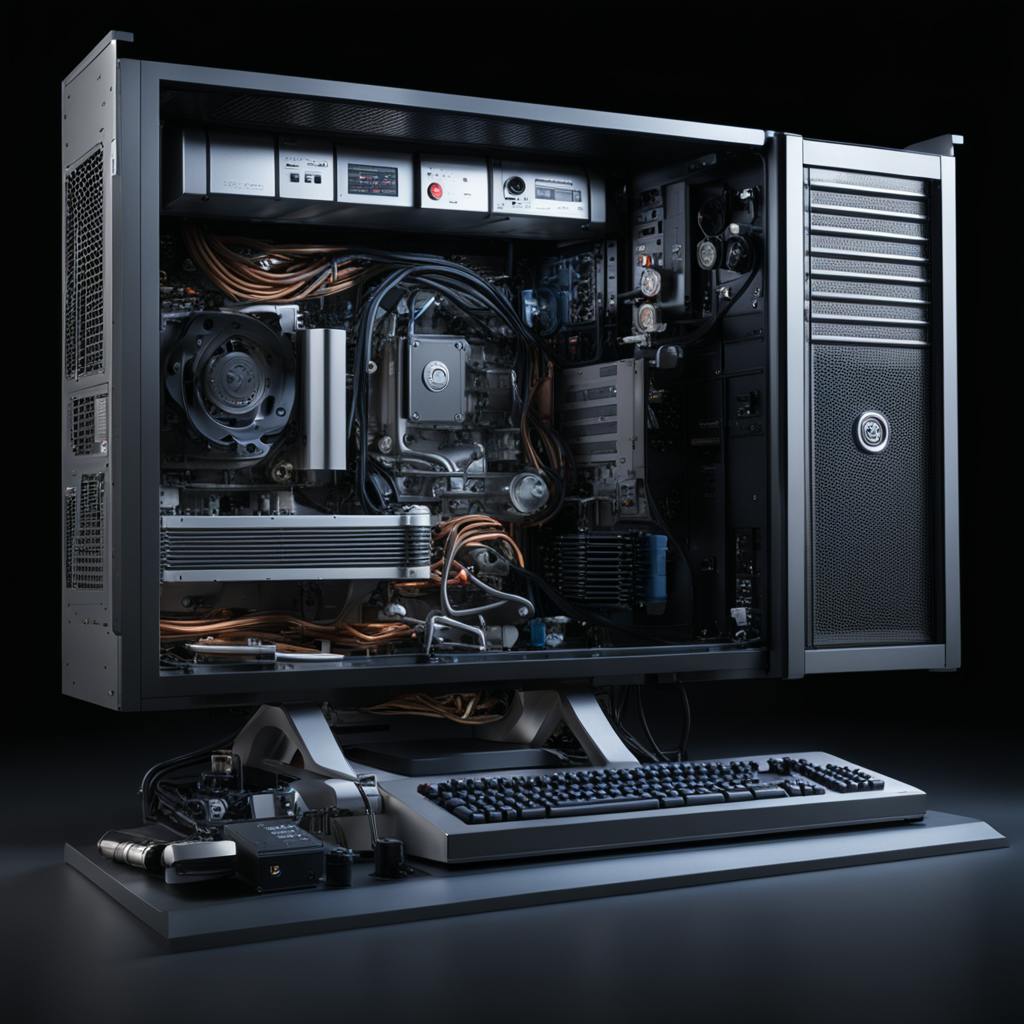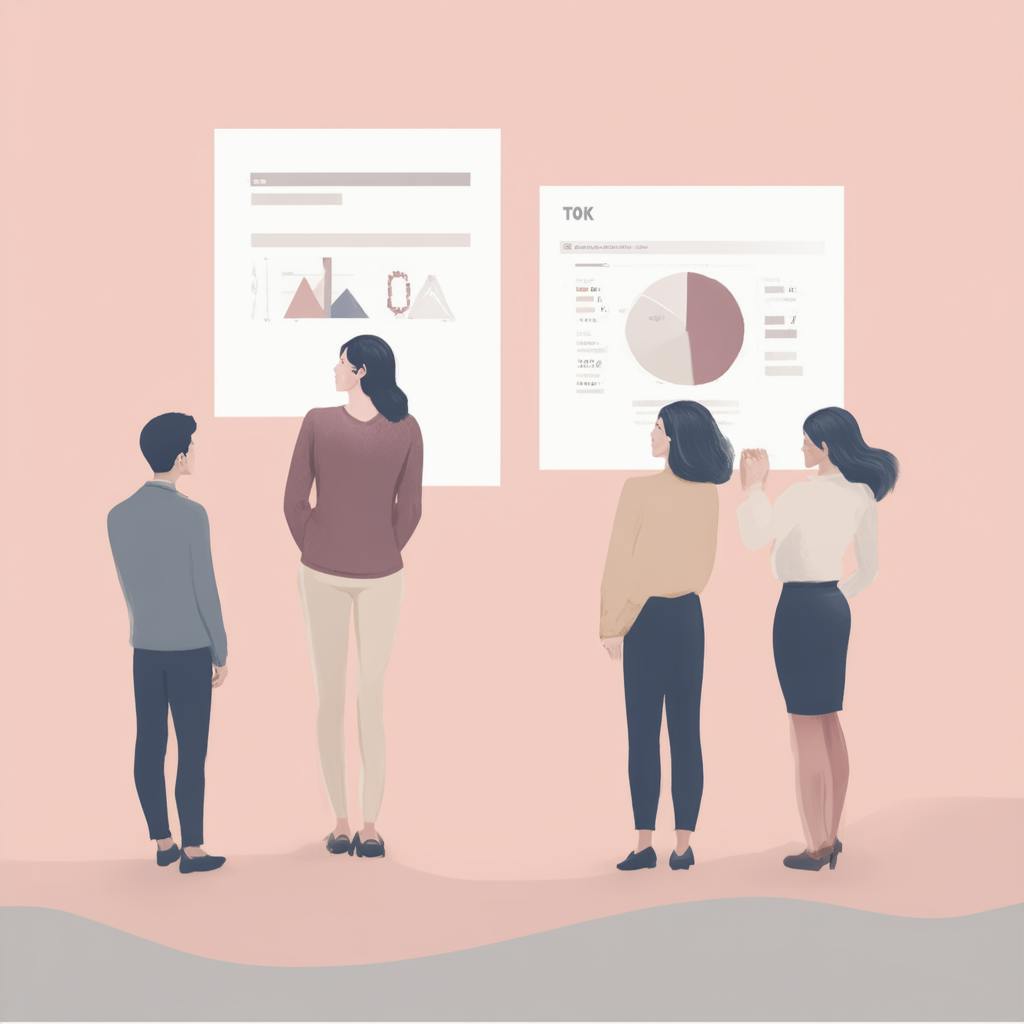In the highly competitive landscape of digital design and collaboration, Figma has rapidly risen to prominence. Whether you’re a seasoned designer, a product manager, or part of a marketing team, you may have heard of Figma. It is a powerful and versatile design collaboration tool that equips teams with the capabilities to work on projects seamlessly. But what is Figma used for? This article offers an in-depth look at how Figma serves as a game-changing solution for various design needs.
What is Figma?
At its core, Figma is a cloud-based design tool that allows multiple users to collaborate in real-time. Renowned for its intuitive interface and robust functionality, Figma operates entirely in the browser, freeing users from the constraints of traditional software installations.
Key Uses of Figma
- Design Collaboration: One of the most distinguishing features of Figma is its emphasis on collaborative design. Unlike its predecessors, which often required files to be shared back and forth, Figma enables multiple users to interact with and edit a design simultaneously. This functionality makes Figma an unparalleled design collaboration software. Teams can comment, edit, and share updates in real-time, ensuring that everyone is on the same page, thus enhancing productivity and creativity.
- Prototyping: Figma's prototyping capabilities are another standout feature. Designers can create fully interactive prototypes, complete with transitions and animations, without needing to switch to another tool. Additionally, it supports the creation of responsive designs, making it easier for designers to ensure their projects look great on various devices. This makes Figma an invaluable team design software, enabling teams to deliver polished and functional prototypes to stakeholders or clients efficiently.
- User Interface (UI) Design: For UI designers, Figma offers a wealth of tools to create pixel-perfect interfaces. It includes features such as grids, vector networks, and auto-layouts, which streamline the entire UI design process. Using Figma, designers can quickly develop and iterate on interface elements, ensuring a balanced and aesthetically pleasing user experience.

AI made with Christophe Vacher
- User Experience (UX) Design: Beyond UI, Figma is also widely used for UX design. It enables designers to create wireframes, user flows, and personas to map out the entire user journey. These tools allow teams to focus on the user's experience and design an intuitive and user-friendly product. With the ability to share designs and receive immediate feedback, Figma serves as an essential design collaboration tool for UX professionals.
- Design Systems: Many organizations are turning to Figma for building and maintaining their design systems. Design systems include a set of standards for design and code, often with reusable components and patterns. Figma allows teams to create and manage these components across multiple projects easily, ensuring brand consistency and significantly speeding up the design process for new projects.
Frequently Asked Questions (FAQ) About Figma
How does Figma compare to other design tools like Adobe XD and Sketch?
While Adobe XD and Sketch are formidable tools, Figma stands out due to its cloud-based, real-time collaboration features. It eliminates the need for syncing or version control issues and allows for seamless collaboration.
Is Figma Free to Use?
Figma offers a freemium model. The free version provides ample functionality for personal projects or small teams, while premium plans unlock more advanced features suitable for larger organizations.
Can Figma be used offline?
Primarily a cloud-based tool, Figma does offer limited offline functionality. Users can work offline, but they must reconnect to the Internet to save their changes and sync with their team.
What are the main uses of Figma in graphic design?
Figma is a versatile design tool primarily used for interface design, but it also finds applications in various other areas of graphic design. Here are the main uses:
- UI/UX Design: Figma excels in creating user interfaces for web and mobile applications. Its robust set of tools allows designers to create wireframes, mockups, and interactive prototypes efficiently.
- Graphic Design: Beyond UI/UX, Figma can be used for creating marketing materials, social media graphics, presentations, and more. Its vector-based design capabilities make it suitable for creating high-quality graphics.
- Collaboration: One of Figma’s standout features is its real-time collaboration. Multiple designers can work on a project simultaneously, making it ideal for team environments.
- Design Systems: Figma supports the creation and management of design systems, ensuring consistency across various design projects by using reusable components and styles.
How does Figma unlock potential in UI/UX design?
Figma offers several features that significantly enhance the UI/UX design process:
- Real-Time Collaboration: Figma allows multiple team members to work on the same project simultaneously, ensuring that designers, developers, and stakeholders can provide input and feedback in real-time.
- Prototyping and Interaction Design: With Figma, designers can create interactive prototypes that mimic the final product. This helps in validating design concepts and user flows before actual development begins.
- Component System: Figma’s component system allows designers to create reusable elements that can be easily updated across the entire project. This ensures consistency and speeds up the design process.
- Version Control: Figma’s built-in version history lets designers revisit previous versions of their designs, making it easy to track changes and revert if necessary.
Cross-Platform Accessibility: As a cloud-based tool, Figma is accessible from any device with an internet connection, enabling designers to work flexibly and remotely.

AI made with Christophe Vacher
What are the key features of Figma that are commonly used?
Figma boasts a wide array of features that are widely leveraged by designers. Here are some of the key ones:
- Vector Networks: Unlike traditional vector tools, Figma’s vector networks allow for more freedom and flexibility in creating and editing complex shapes.
- Auto Layout: This feature helps in creating responsive designs by automatically adjusting elements based on their container’s size.
- Plugins: Figma supports a variety of plugins that can extend functionality, including tools for design automation, asset management, and integration with other software.
- Design Systems Support: Figma allows the creation of reusable styles and components, facilitating consistent design across different projects.
- Interactive Prototypes: Designers can create interactive prototypes with transitions, animations, and overlays to simulate user interactions.
- Commenting and Feedback: Stakeholders can leave comments directly on the designs, allowing for seamless feedback and discussion.
- Import and Export Options: Figma supports importing and exporting files in various formats, including SVG, PDF, and PNG, ensuring compatibility with other tools and platforms.
How can Figma be used to enhance design projects?
Figma enhances design projects through its collaborative features, streamlined workflows, and robust toolset. Here’s how:
- Streamlined Collaboration: Figma's real-time collaborative environment ensures that all team members are on the same page, reducing miscommunication and speeding up the review process.
- Efficiency with Reusable Components: By using Figma’s component system, designers can create a library of reusable elements which can be quickly applied across multiple projects, ensuring consistency and saving time.
- Reduced Bottlenecks: The ability to leave comments and feedback directly on the design reduces the back-and-forth typically experienced via email or other communication tools.
- Prototyping and Usability Testing: Figma’s prototyping capabilities enable designers to create high-fidelity prototypes that can be tested with users, gathering valuable insights before moving into development.
- Integration with Development: Figma’s inspection tools and integration capabilities (such as with Zeplin or JIRA) facilitate a smoother handoff between design and development, ensuring that the final product aligns closely with the design vision.
- Centralized Asset Management: Figma allows for central management of design assets, helping teams maintain a consistent brand and design language across all projects.
In summary, Figma is a multifaceted tool widely used for design collaboration, prototyping, UI and UX design, and maintaining design systems. Its real-time collaboration capabilities set it apart from traditional design software, making it an invaluable asset for modern-day design teams. By leveraging Figma, teams can streamline their design processes, enhance communication, and ultimately deliver superior digital products.
Unlock the potential of your design work today by exploring the myriad ways Figma can revolutionize your workflow. So, what is Figma used for? Quite simply, it’s used to enable and enhance every step of the design process.
By understanding Figma's capabilities and applications, teams can leverage it to its fullest potential, ensuring that their projects are not only completed efficiently but also achieve the highest standard of design excellence.

